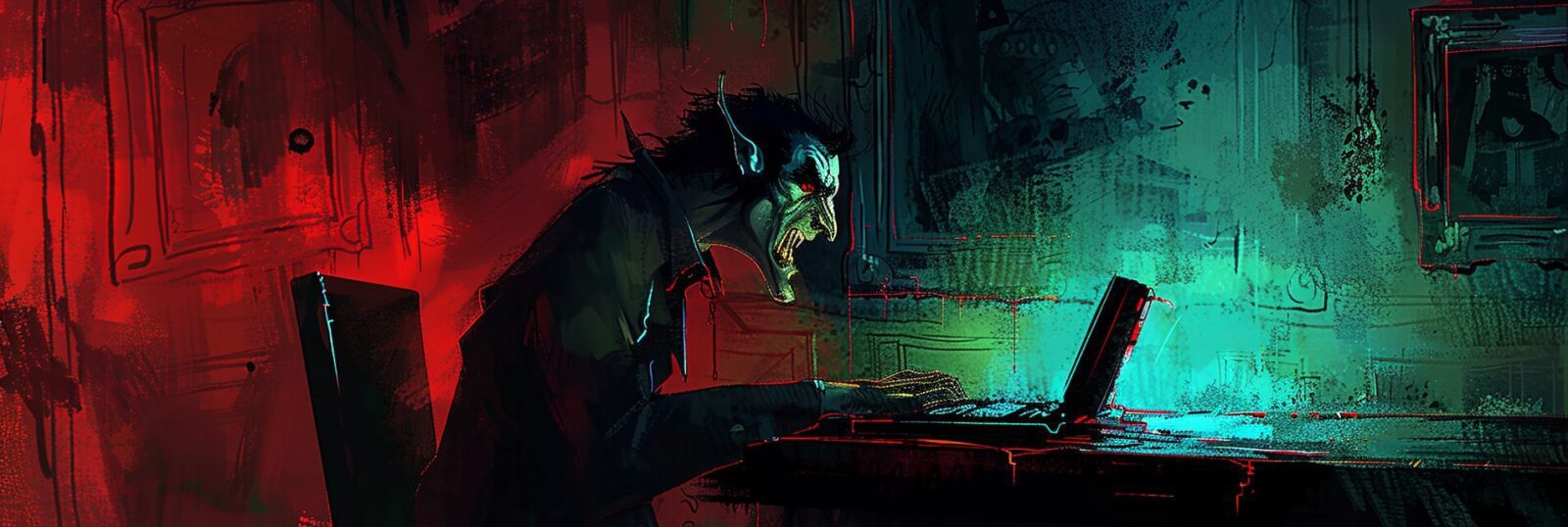In the realm of therapy website design, where first impressions zip by faster than a missed connection on a dating app, I’m talking to you, therapists, mental health wizards, and the noble souls running non-profits: your website? It’s far more than just your digital welcome mat. It’s the premiere of your client’s healing saga, the digital squeeze of a reassuring hand. Let’s cut through the buzzwords and get real about how UX (User Experience) is the secret sauce to a standout therapy website. Stick with me, and I’ll steer you clear of the snooze-fest that plagues the internet, with just the right amount of cheek to keep you hooked.
Why UX Wins Hearts
1. First Impressions Matter
Your therapy website is a beacon in the tumultuous sea of the internet, guiding lost souls to safe harbor. A cluttered, confusing website is akin to a therapist speaking in tongues – might be fun in a fantasy novel, not so much in real life. A sleek, intuitive design is the warm, inviting smile that says, “Welcome, let’s chat.”
2. Accessibility is Key to Your Therapy Website Design
Imagine this: a potential client, already overwhelmed, faces the Herculean task of navigating your labyrinthine website just to find a way to contact you. That’s not a challenge; it’s an obstacle course in your therapy website design. Your website needs to be more than just “accessible“; it needs to be a veritable open book, with clear, easy-to-read chapters that lead straight to the help they seek. Think larger fonts, contrasting colors for readability, and straightforward directions that don’t require a PhD to understand. This isn’t just about being nice; it’s about being indispensable in a moment of need.
3. Trust
Your therapy website’s UX design whispers sweet nothings into the ears of potential clients. It’s the non-verbal cue that says, “We get you, and we’re here for you.” In a world where trust is as scarce as an honest politician, your site’s thoughtful layout, reassuring content, and easy-to-find resources are the digital equivalent of a trust fall – it shows you’re ready to catch them.

Crafting a Healing Digital Space
4. Simplify Navigation
Here’s the straight dope: if finding information on your site is like deciphering the Da Vinci Code, you’ve lost the plot. Navigation should be as simple as “About Us,” “Services,” “Contact” – your digital trifecta. Clear, concise, and so user-friendly that even your technophobe aunt could use it without breaking a sweat.
Embrace Clarity
5. Use Clear, Comforting Language
Your website’s text is your voice in the digital void. Make it clear, make it kind. Ditch the jargon and the legalese. Talk to your visitors as if they’re right there with you, because in a way, they are.
6. Prioritize Mobile Responsiveness in Your Therapy Website Design
We’re living in the age of the smartphone, where more screens are cracked than whole. If your site turns into an abstract art piece on mobile devices, you’ve got a problem. A responsive design ensures your site looks and functions flawlessly across all devices, making it as accessible in the palm of a hand as it is on a desktop. This isn’t just good practice; it’s a lifeline for those seeking help on the go.
7. Use High-Quality Images
A picture is worth a thousand words, but a high-quality image on your site? Priceless. These images are the windows to your practice’s soul, showcasing the peace, hope, and healing you offer. Opt for pictures that reflect the diversity and inclusivity of your practice, and please, let them be as clear as your intentions. Blurry, low-res images just scream “I don’t care enough,” and that’s not the message you want to send, is it?

Wrapping It Up
In the grand scheme of things, your therapy website’s UX is the comfy couch in your virtual office, the tissue box within easy reach, the soft lighting that says, “You’re safe here.” It’s the clear, guiding voice amid the chaos of the internet, offering a beacon of hope and a path to healing.
So, my dear therapists, mental health professionals, and non-profits, as you either step into the digital realm or look to revamp your existing presence, remember: exceptional UX isn’t a luxury; it’s your digital lifeline to those in need. It’s your first empathetic nod, your silent vow of understanding, your handshake promising a journey towards healing together.
And let’s not forget, in the vast expanse of web design, just like in therapy, the most impactful work is done not only with expertise but with a heart full of empathy. Let your website be that beacon of light, guiding the way to healing and hope. Let the journey begin with a click, not a hurdle.
